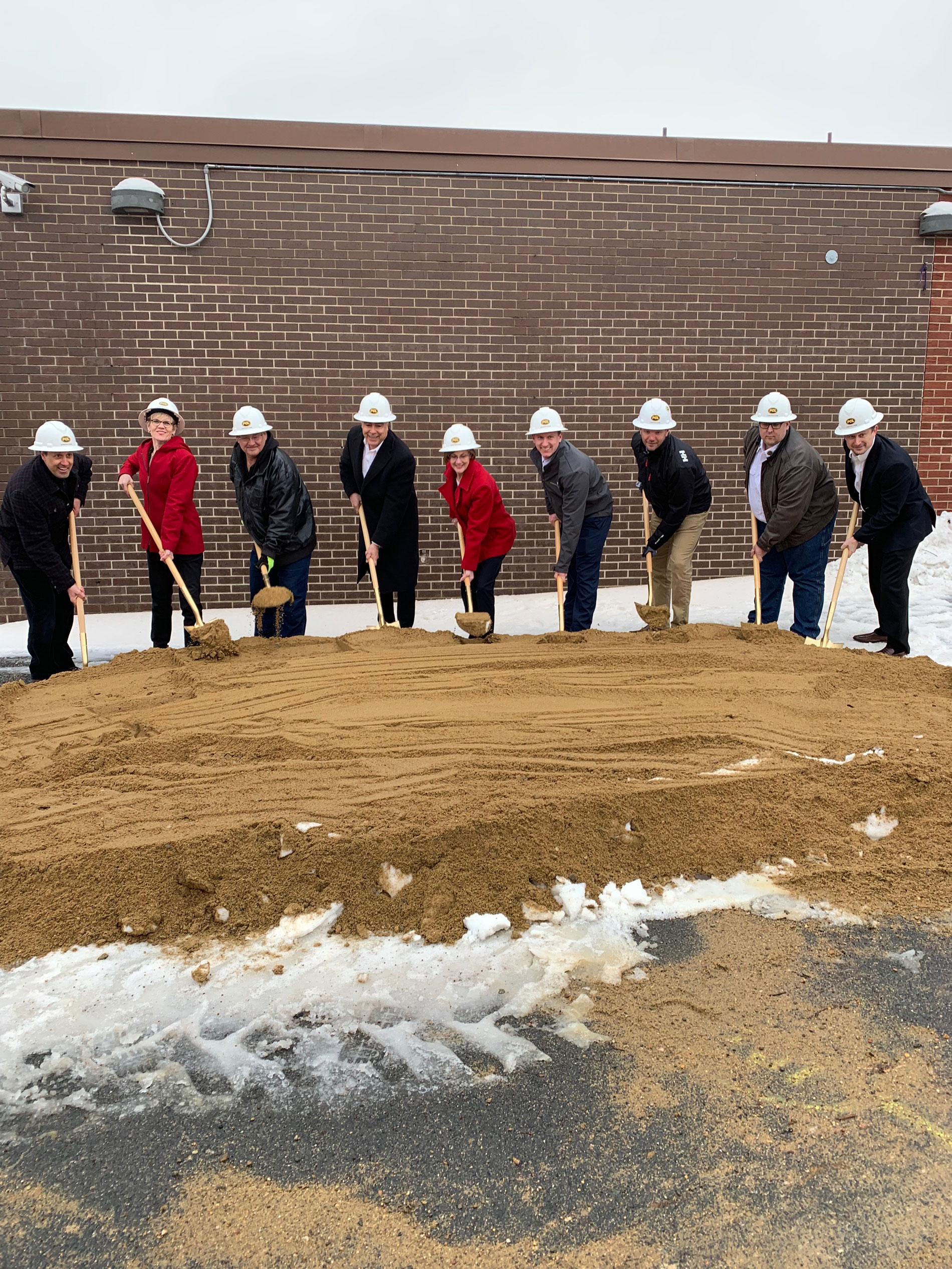
Land Development and Planning in Tribal Communities
August 30, 2024
By Jay Adams, Proposal and Tribal Client Manager, WSB
Optimizing resources for community growth and infrastructure.
Over 40% of the land in Oklahoma is made up of tribal communities and 38 federally recognized tribes call the state home, including the Kickapoo Tribal Community. The large presence of tribal communities within the state increases the importance of coordination and collaboration on construction projects. In addition, recent legislation is encouraging development in and around this land. With so many players, it is extremely important to have clear coordination and concise communications. These Tribal Nations, just like any other government, regularly seek out grant funding for development purposes. The Kickapoo filed for grant funding after identifying a variety of infrastructure improvements needed within their community, including improving land usage and building renovation.
Improving Land Usage
With newly acquired grant funding, the Kickapoo Tribe of Oklahoma identified the need to update their wastewater treatment sites. Wastewater treatment lagoons, like the ones used on their land, require far less maintenance than other water treatment systems. However, communities that rely on these lagoons struggle with odor problems, especially during warm weather and the inability to develop the large spaces occupied by the lagoons. To rectify this problem, our team noted that the current sewage system needed to be expanded. Using the new lift stations, the lagoons will be drained, and all of the sewage and contaminants flushed through newly installed pipelines to an existing mechanical wastewater treatment plant.
To improve efficiency for current and future projects, we created a detailed land survey with aerial mapping to identify the exact locations of all new installations as well as any potential issues that could negatively affect the system expansion. Furthermore, the removal of the lagoons combined with the land survey will provide the Kickapoo Tribe with new opportunities to develop previously unusable land for agricultural, residential or industrial purposes.
Building Renovations
In addition to wastewater treatment, the Tribe received grants dedicated to refurbishing older buildings. To better use available land and infrastructure, the Kickapoo Tribe partnered with WSB to create a plan to redevelop an old equipment building. The old storage building will be redesigned and updated for future use as an office building for the Tribal Government’s information technology staff. To aid in this venture, WSB is coordinating with an architecture firm to provide initial drawings and architectural maps for the building.
Throughout this process, the Kickapoo Tribe find value in working with a full-service firm to support their growing infrastructure needs throughout their community. As many systems impact one another, the ability for in-house expertise has allowed them to better utilize funding and resources across their community and better plan for future expansions.
Planning For the Future
The access and availability to grants is an opportunity for not only the Kickapoo Tribe, but other Tribal Nations across Oklahoma and the U.S. With more resources than ever before, tribal communities can better position themselves to support the infrastructure needs of their communities.
Jay leverages over 39 years of transportation expertise in his role as Proposal and Tribal Client Manager at WSB. His extensive background includes leading projects within the Oklahoma Department of Transportation and pioneering ITS GIS Systems nationwide. As ODOT’s former Tribal Liaison, he facilitated key partnerships with 38 Federally Recognized Tribes, significantly advancing transportation projects. His technical skills in GIS and asset management, combined with his public service experience including 12 years on the Mustang City Council and roles as Mayor and board chairman, equip him to effectively manage diverse client relationships and proposals.
[email protected] | 405.815.3654
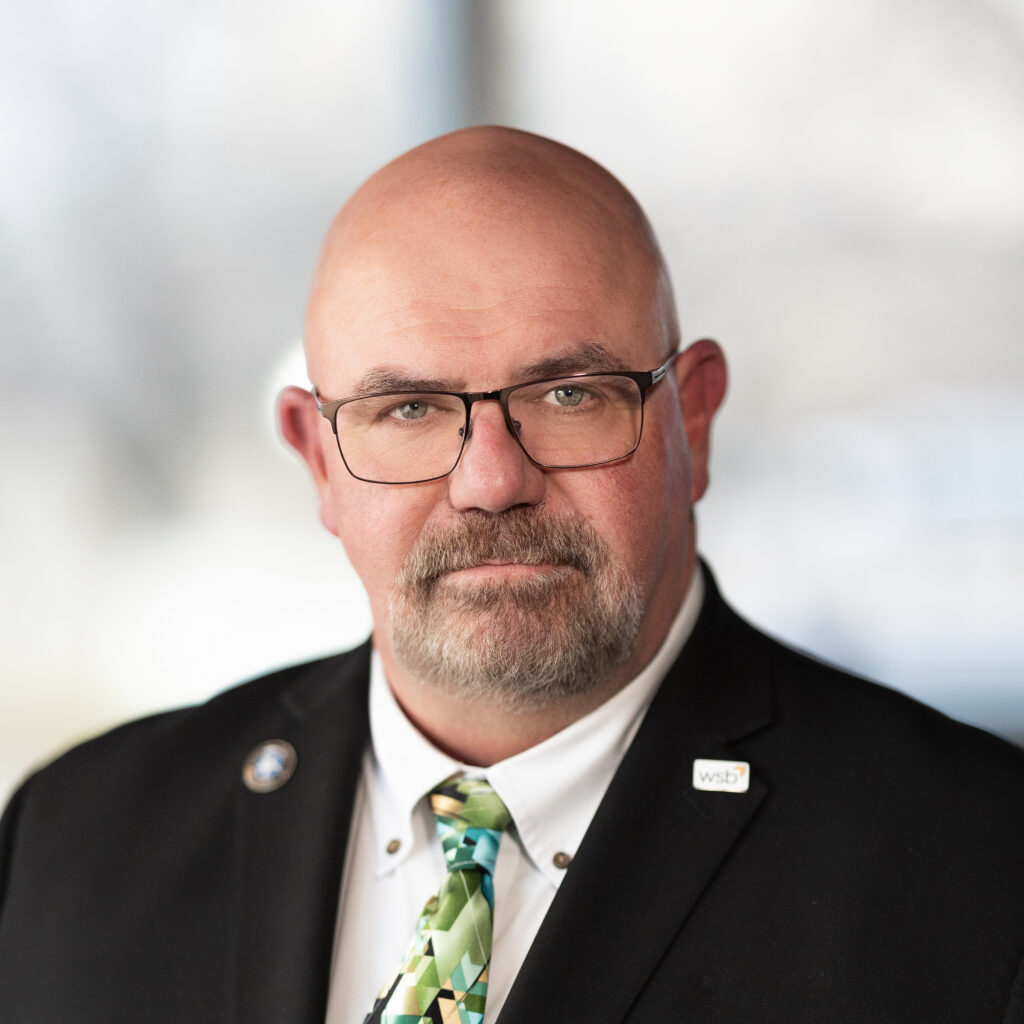
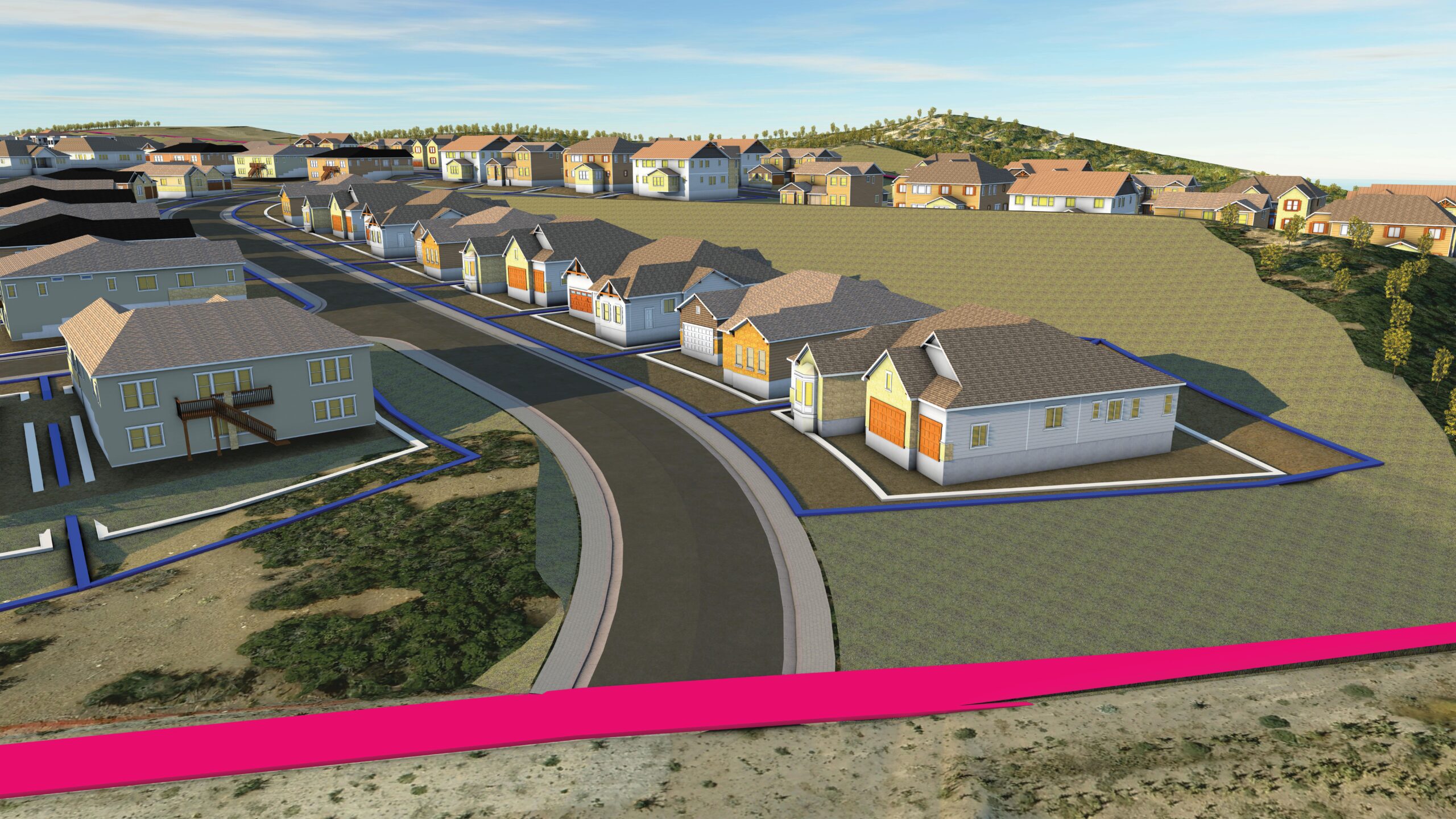
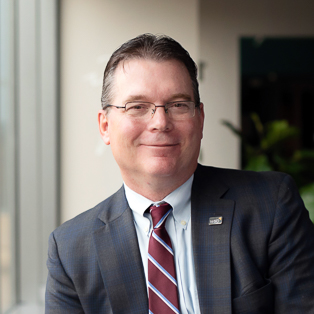

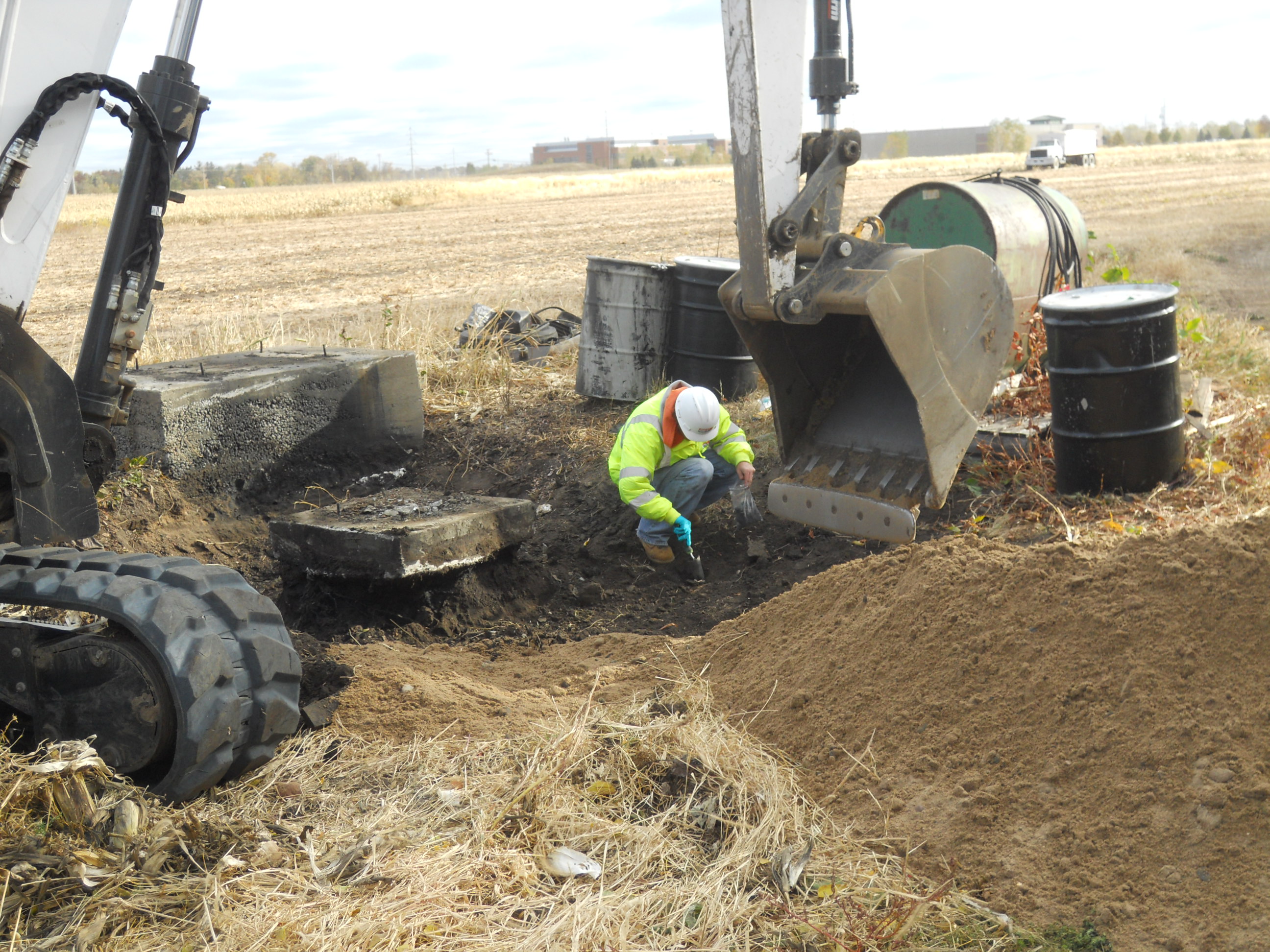
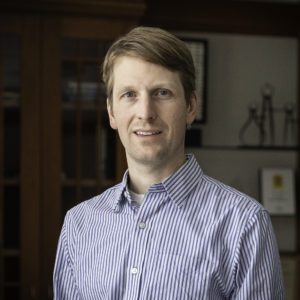

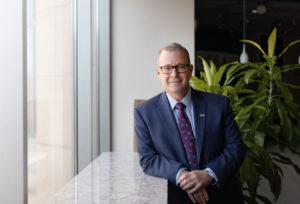 ob is a Principal at WSB with over 20-years of experience providing technical and management support to public and private clients. Bob’s special expertise in water resources management, infrastructure planning, project development, and land development make him an effective and trusted adviser on a variety of projects.
ob is a Principal at WSB with over 20-years of experience providing technical and management support to public and private clients. Bob’s special expertise in water resources management, infrastructure planning, project development, and land development make him an effective and trusted adviser on a variety of projects. 
